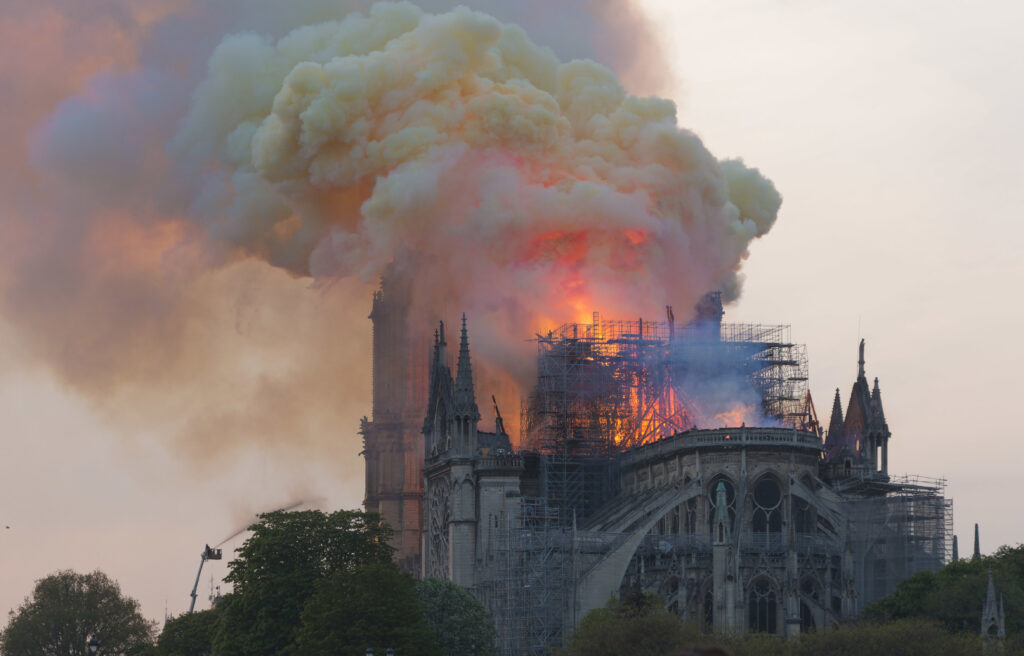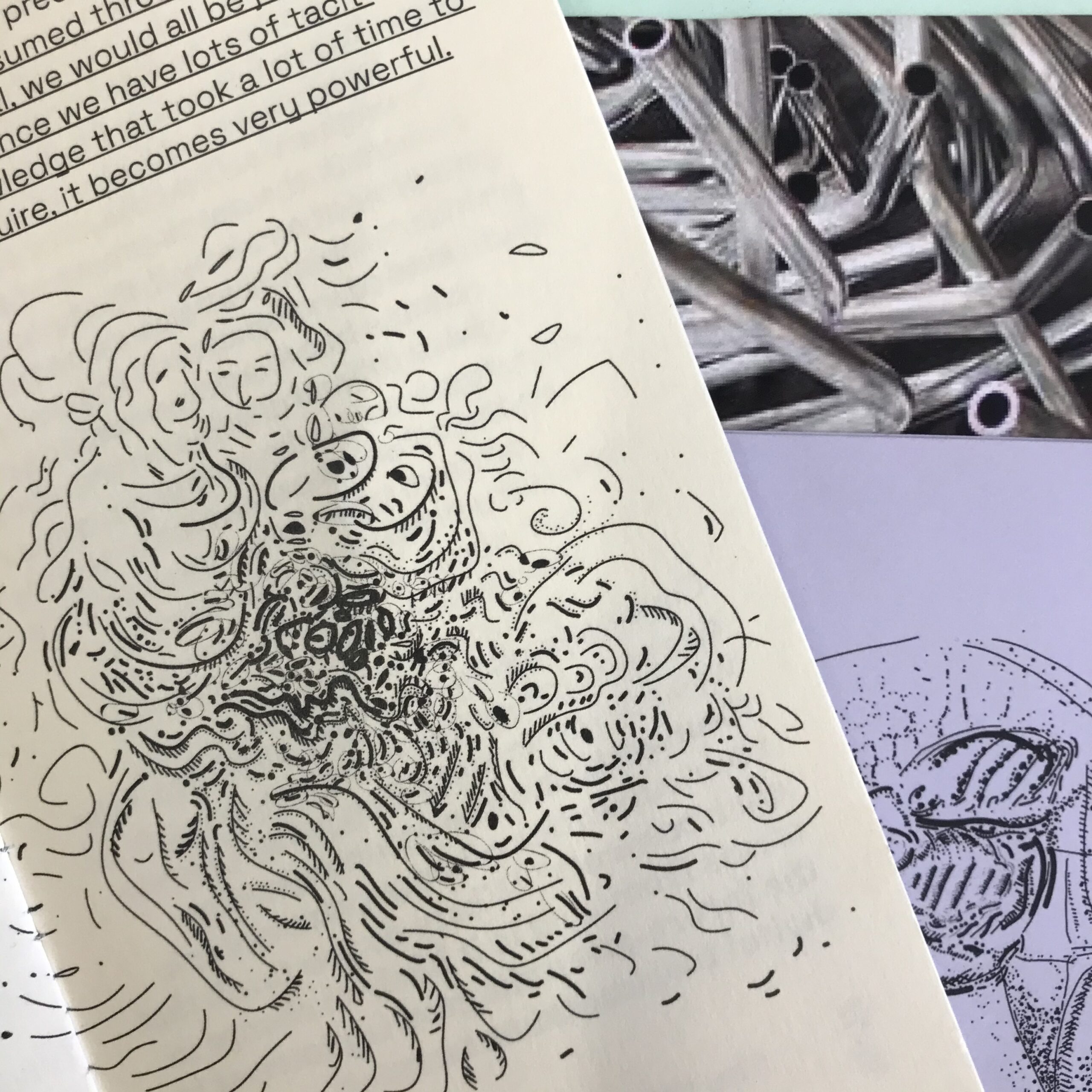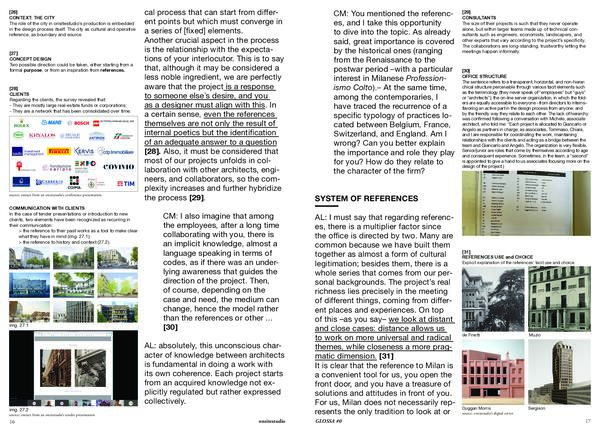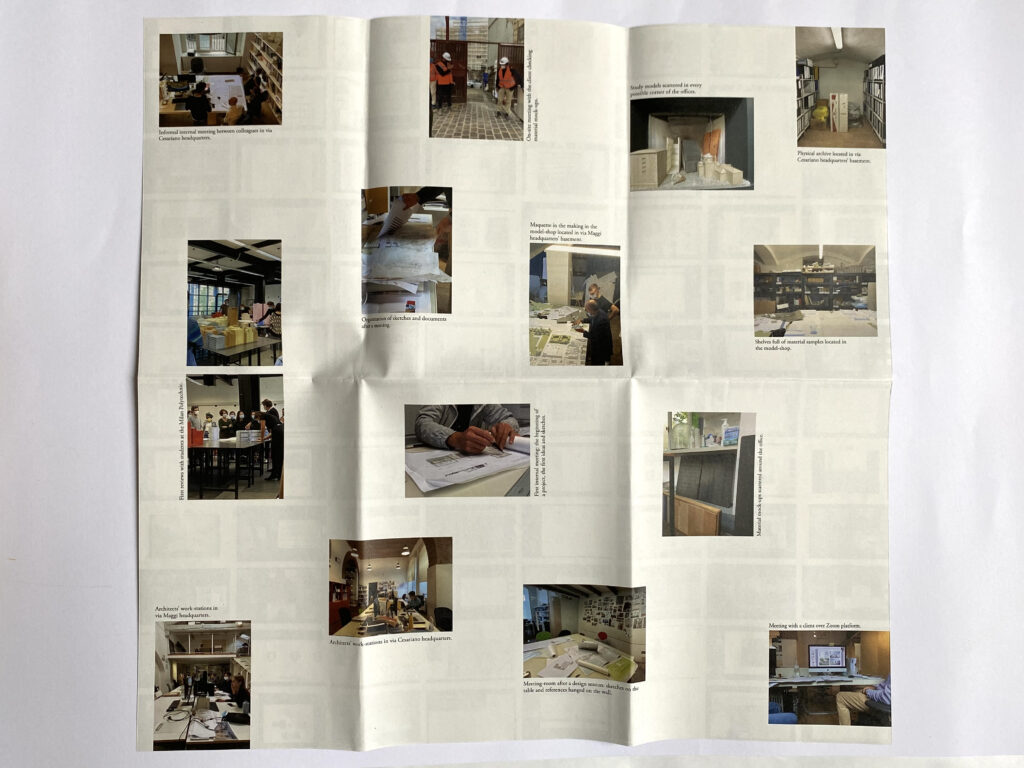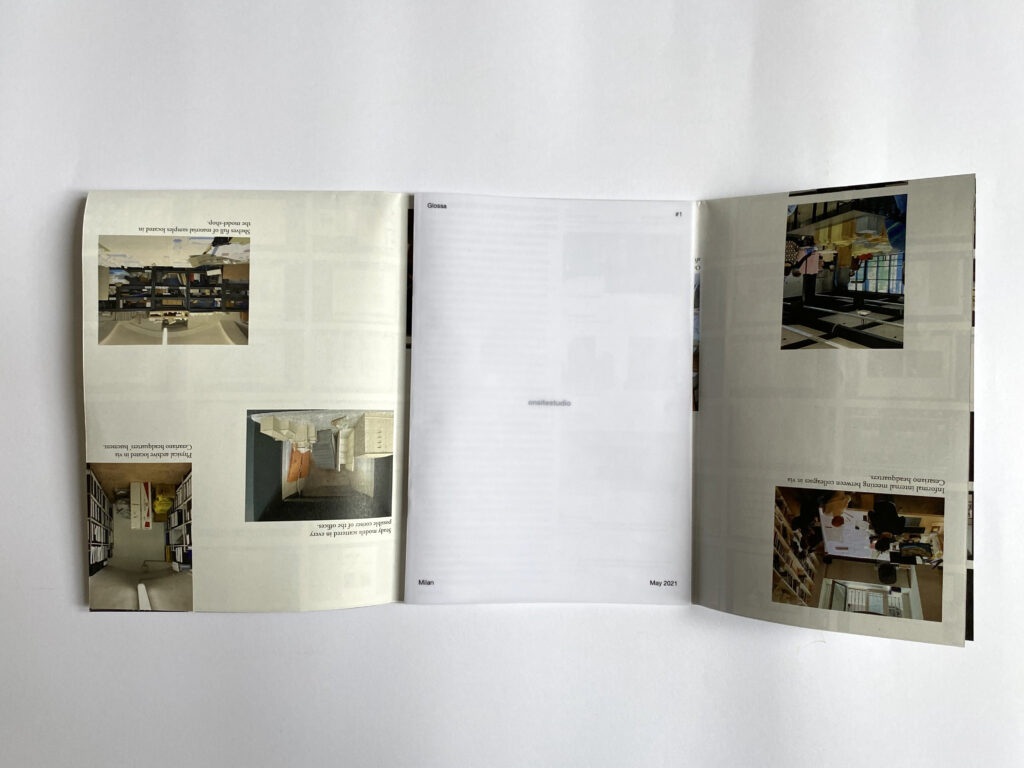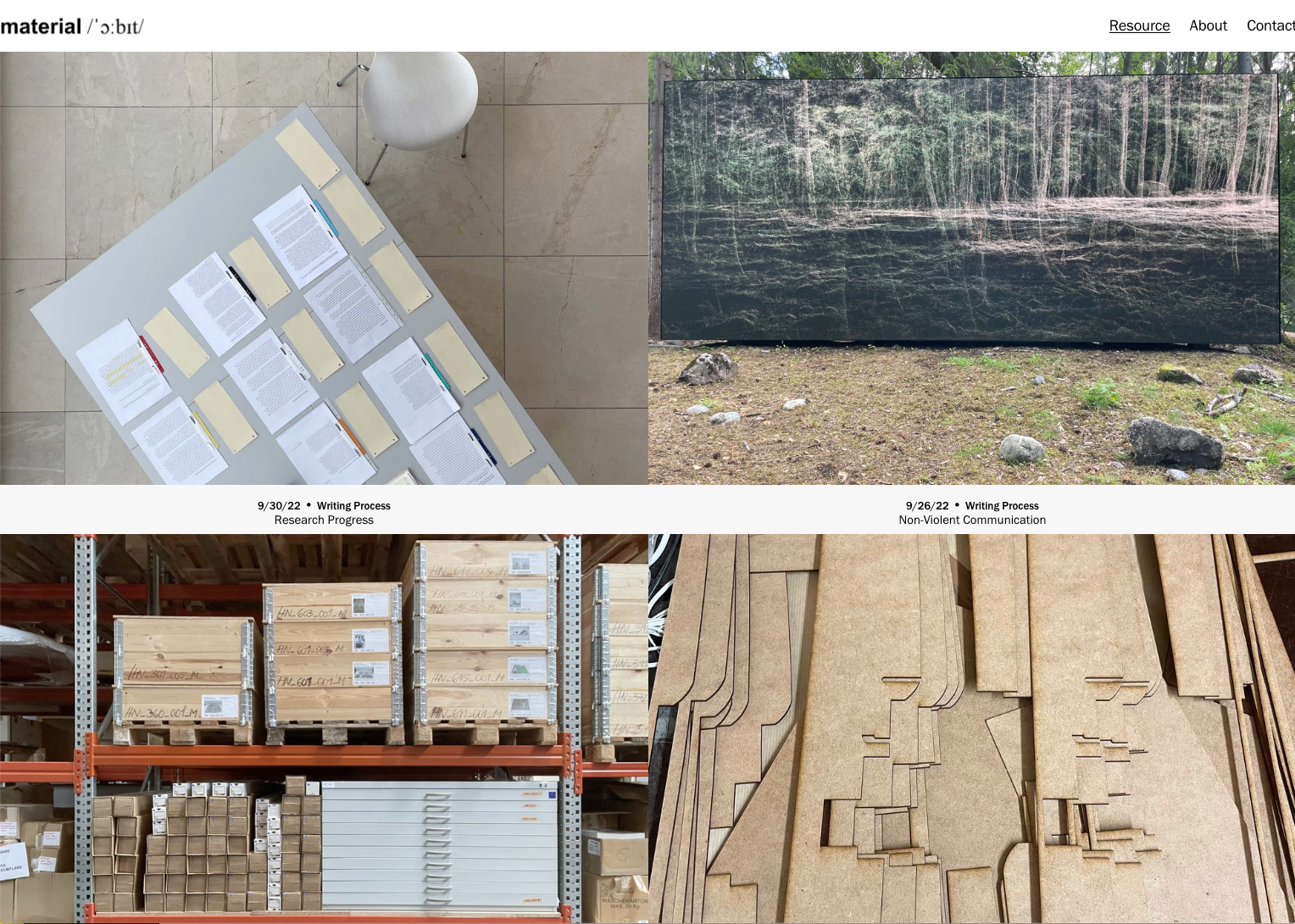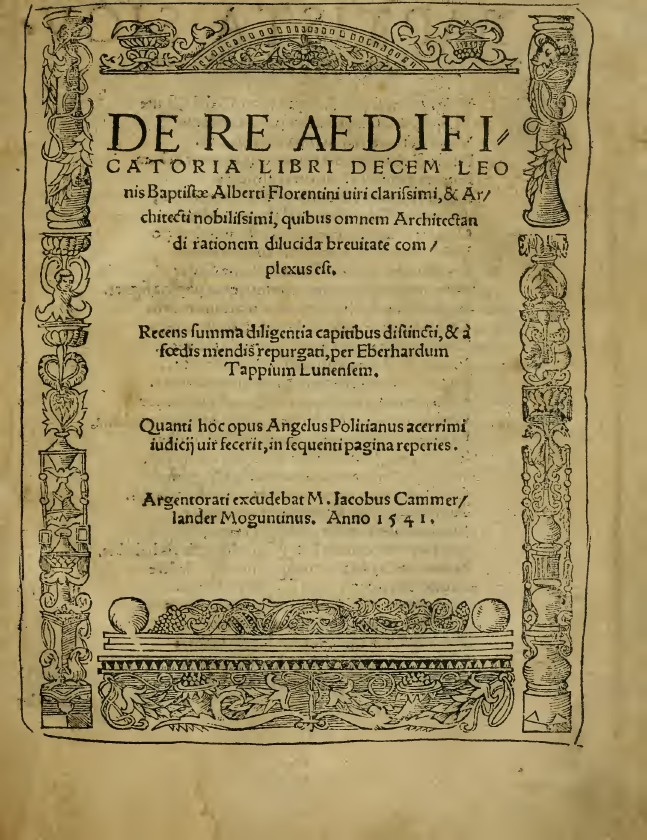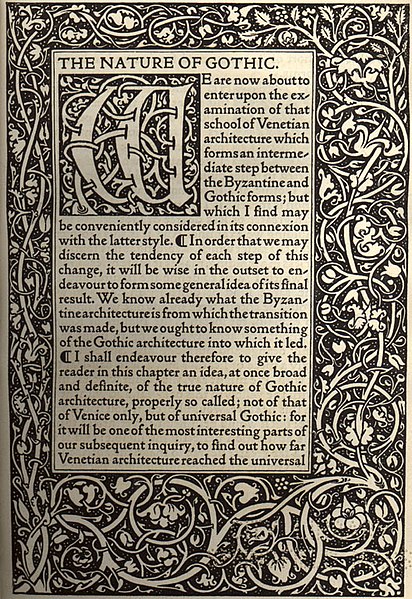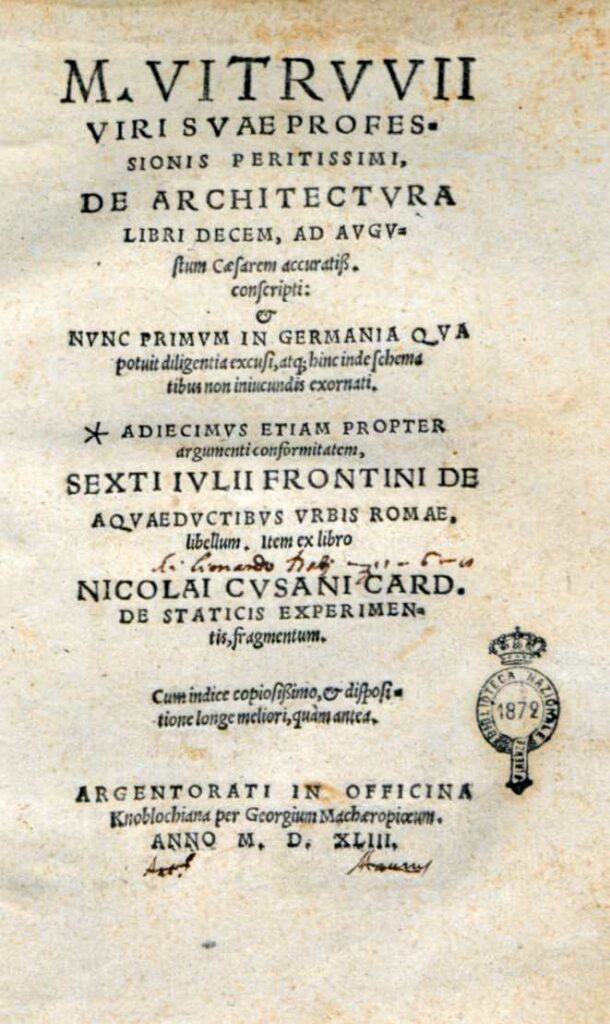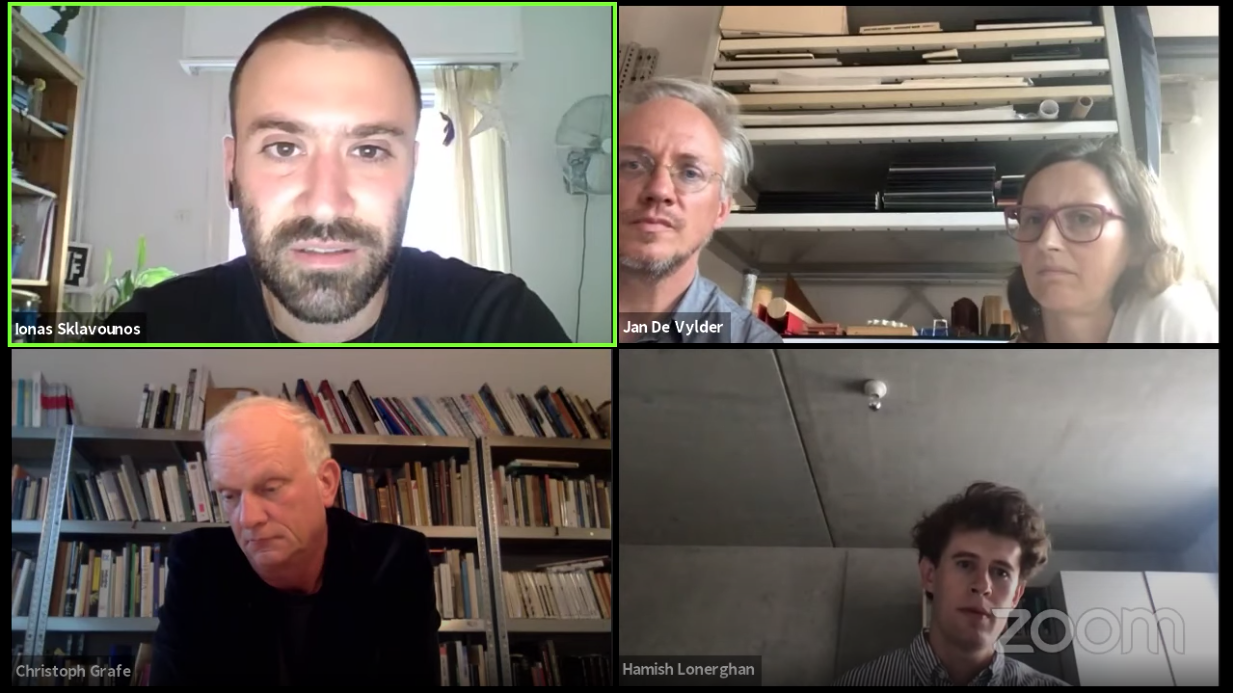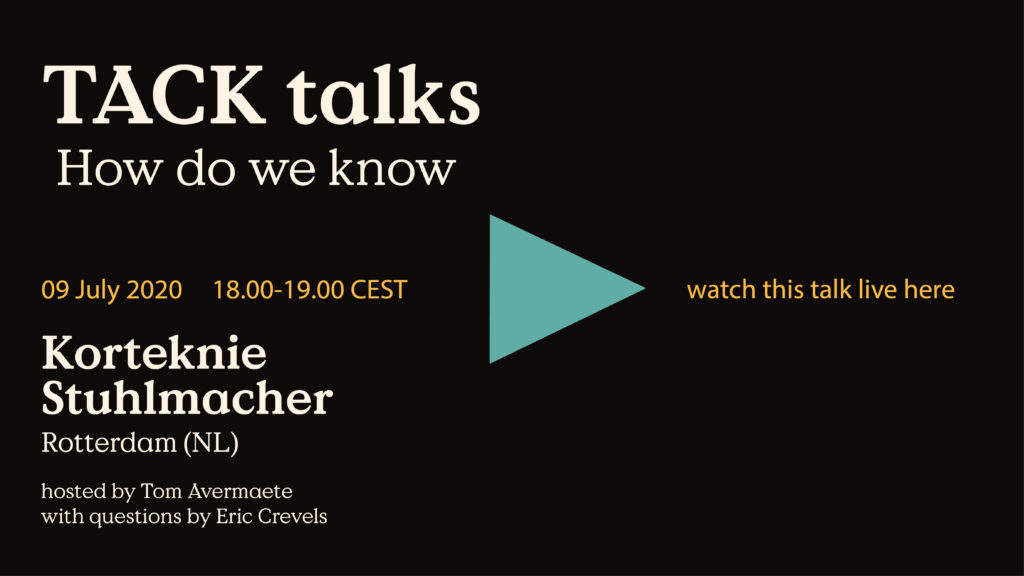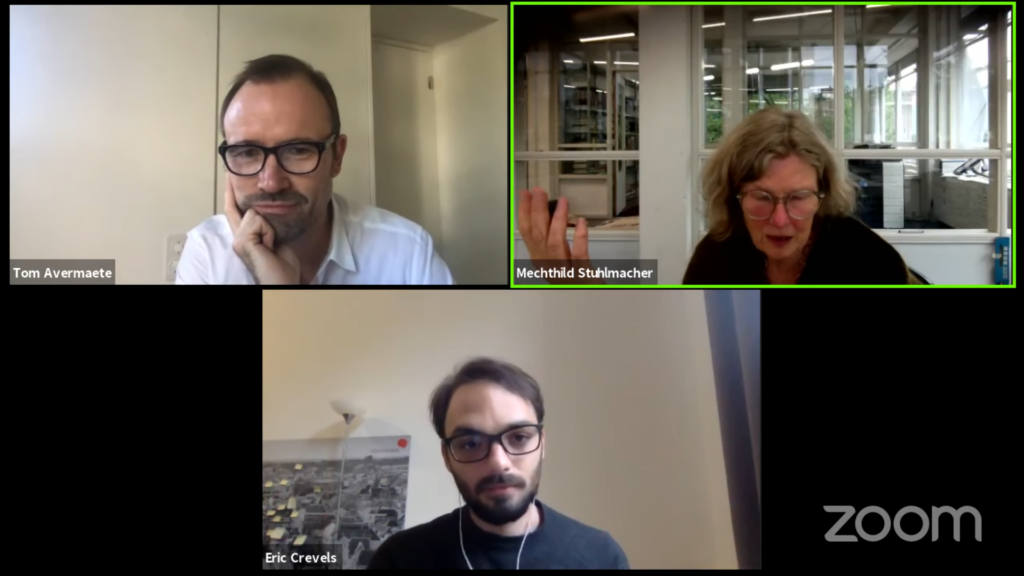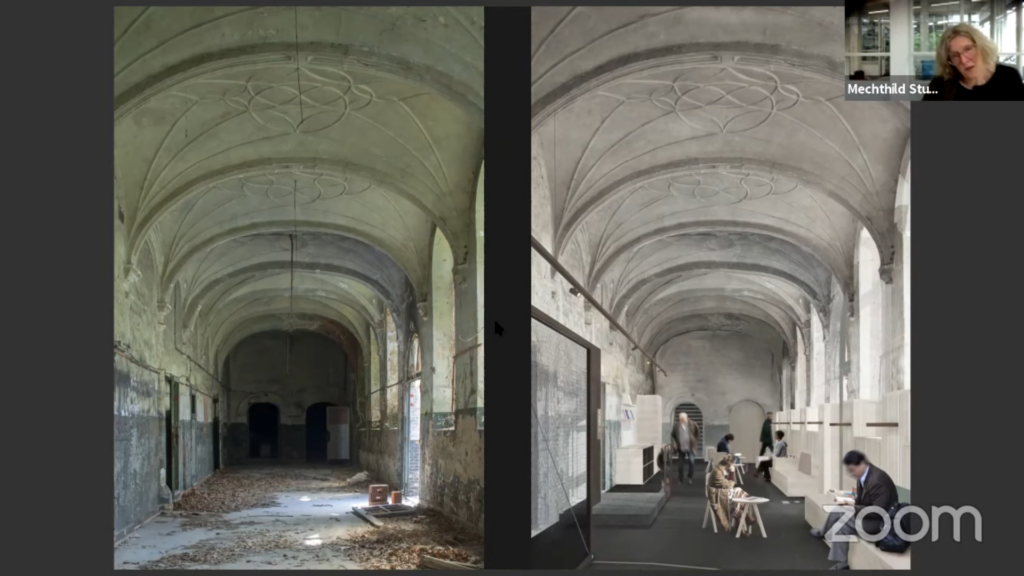Essay
Open Access Publication
2021
Investigating the 21st Century Emerging Approaches to Practice: Codification of Architectural Epistemes, from Discourses to Practices

© Claudia Mainardi
ABSTRACT
Given the timeframe of the last 20 years, the research investigates the codification of diverse forms of tacit knowledge in architecture, its transfer, and translation from institutional narratives to principles and conventions that are crystallized in the everyday practice of selected design offices.
Positioned into the lines of theories that see architecture as
“a product” of a socio-political-economic condition, the aim is
to understand how events that have occurred/are occurring
in current times influence the professional practice and,
consequently, its codes. The work is imagined to be developed
through three phases. A first part –conceived as macro-
analysis– is proposed as an attempt to reconstruct a historical
framework of events not yet historicized; a second and
intermediate one identifies the protagonists –or the practices
that the research is interested at–; and a third one –as micro-
analysis– made of in-depth investigations of case studies
selected through the protagonists of the second phase.
Claudia Mainardi
Essay
Open Access Publication
2021
View
Investigating the 21st Century Emerging Approaches to Practice: Codification of Architectural Epistemes, from Discourses to Practices
Claudia Mainardi

© Claudia Mainardi
ABSTRACT
Given the timeframe of the last 20 years, the research investigates the codification of diverse forms of tacit knowledge in architecture, its transfer, and translation from institutional narratives to principles and conventions that are crystallized in the everyday practice of selected design offices.
Positioned into the lines of theories that see architecture as
“a product” of a socio-political-economic condition, the aim is
to understand how events that have occurred/are occurring
in current times influence the professional practice and,
consequently, its codes. The work is imagined to be developed
through three phases. A first part –conceived as macro-
analysis– is proposed as an attempt to reconstruct a historical
framework of events not yet historicized; a second and
intermediate one identifies the protagonists –or the practices
that the research is interested at–; and a third one –as micro-
analysis– made of in-depth investigations of case studies
selected through the protagonists of the second phase.



